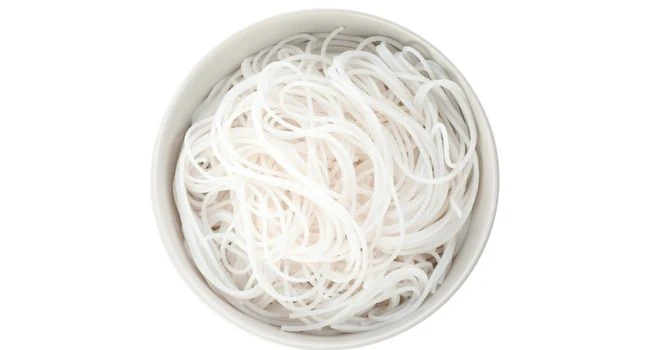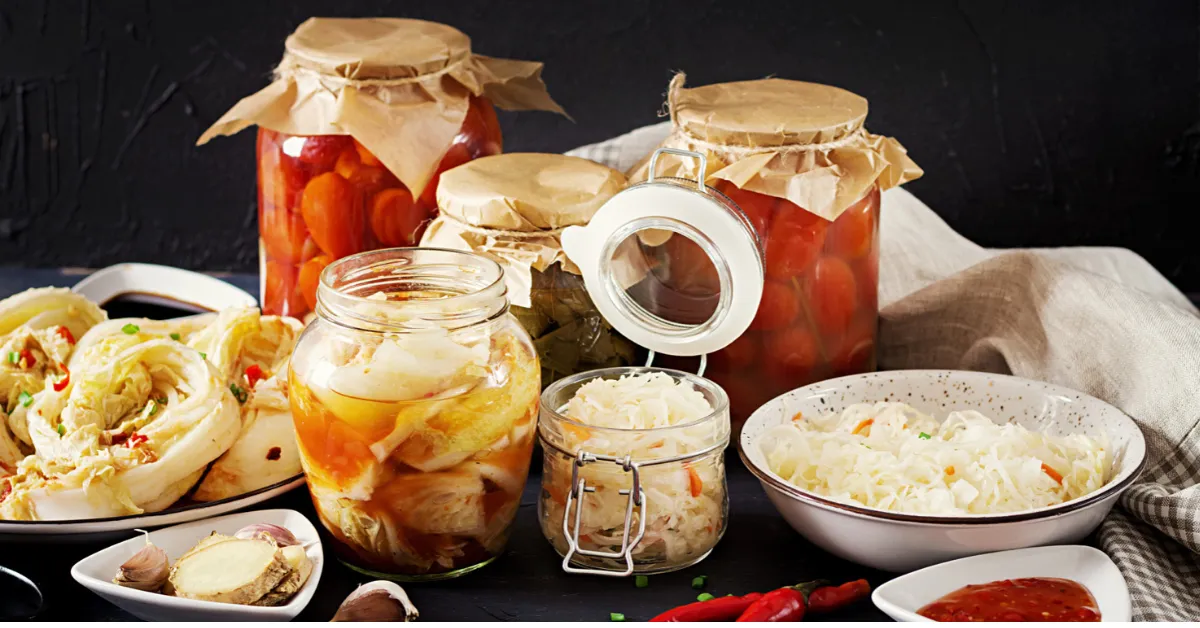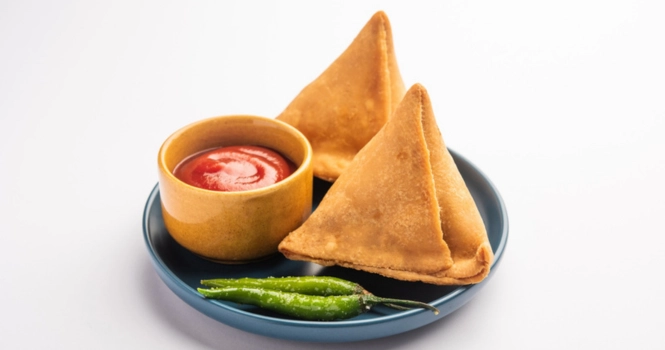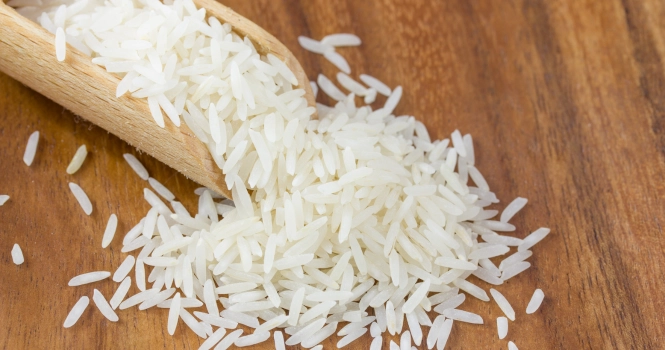Rice Noodles: A Comprehensive Guide to Types and Uses

Rice noodles, an integral part of Asian culinary traditions, are revered for their versatile and adaptive nature. These noodles, made from rice flour and water, can be found in countless dishes due to their ability to seamlessly meld into any flavor profile.
The Origin of Rice Noodles
They have a rich history, with origins tracing back to China’s Han Dynasty (around 206 BC – 220 AD). However, these delectable strands have transcended borders, featuring heavily in various cuisines across Southeast Asia, including Thailand, Vietnam, and the Philippines.
Types of Rice Noodles
Rice Vermicelli
Thin as strands of hair, rice vermicelli is an integral part of various Asian cuisines. In Vietnam, it is used in Bun Thit Nuong, a grilled pork and noodle dish. In China, they often appear in stir-fries and soups, while in India, they are transformed into a sweet dish called Sevai.
Pad Thai Noodles
Also known as flat rice noodles or Banh Pho, these are the signature ingredient in the internationally loved dish, Pad Thai. These noodles are wider and chewier than Vermicelli, soaking up sauces and flavors in a stir-fry or soup dish remarkably well.
Rice Sticks
Rice sticks are thicker and rounder compared to the other varieties. They hold their shape well, making them an excellent choice for robust and hearty meals. You’ll often find them in a Malaysian Laksa or a Cantonese chow fun dish.
Ho Fun (Shahe Fen)
Ho Fun, also known as Shahe Fen, is a type of wide, flat rice noodle popular in Southern China, especially in Guangdong province. They’re often stir-fried with meat and vegetables in a dish known as Beef Chow Fun.
Kway Teow
Famous in Singapore and Malaysia, Kway Teow is a broad, flat rice noodle used in dishes like Char Kway Teow, a stir-fried noodle dish with shrimp, cockles, bean sprouts, and Chinese chives.
Khanom Chin
Originating from Thailand, Khanom Chin is a fermented rice noodle served with a variety of sauces and curries. It’s traditionally accompanied by fresh vegetables and pickled greens.
Idiyappam (String Hoppers)
A type of rice noodle prevalent in the southern parts of India and Sri Lanka, Idiyappam, also known as string hoppers, is made by pressing rice flour dough through a sieve onto steaming trays, creating delicate noodle nests. It’s often served with spicy curries or sweetened coconut milk.
They offer a versatile and delightful base for an array of dishes. They absorb flavors beautifully and bring a unique texture that adds character to meals. Whether you’re whipping up a quick stir-fry or simmering a comforting soup, rice noodles serve as a simple, satisfying foundation.
By understanding the various types of rice noodles and their specific culinary uses, you can create authentic, flavorful dishes right in your home kitchen. With their gluten-free nature and easy preparation, it’s no wonder these delicate strands have found fans worldwide.
Now let’s see the,
Differences between Rice and Rice Noodles
Rice and rice noodles, though both derived from the same grain, possess distinct characteristics and uses in cooking. Here are some of the key differences:
1. Form:
Rice is a whole grain that comes in various sizes and shapes, from small and round to long and slender. Rice noodles, on the other hand, are made from rice flour and water, and are extruded or rolled into different shapes and sizes.
2. Preparation:
Rice is typically boiled or steamed, while rice noodles are usually soaked in hot water to soften them before cooking, or they can be added directly to soups and broths.
3. Texture:
Rice has a grainy texture and depending on the variety, can be sticky or loose when cooked. Rice noodles, however, have a softer and smoother texture.
4. Usage:
Rice is often used as a main dish or a side dish in various cuisines. Rice noodles are used in soups, stir-fries, and salads, and are a staple in many Asian cuisines.
5. Nutritional Profile:
Both of them provide a similar amount of calories per serving. However, whole grain rice, such as brown rice, contains more fiber and nutrients compared to rice noodles, which are often made from white rice flour.
6. Glycemic Index:
The glycemic index, a measure of how quickly a food raises blood sugar levels, is generally higher for rice noodles than for whole grain rice. This can be an important consideration for people managing diabetes or those aiming to control their blood sugar levels.
Remember that the nutritional values, cooking times, and methods may vary between different types of rice and rice noodles, and from brand to brand.
Read more about Nutrition and Calories in Maggi Noodles












